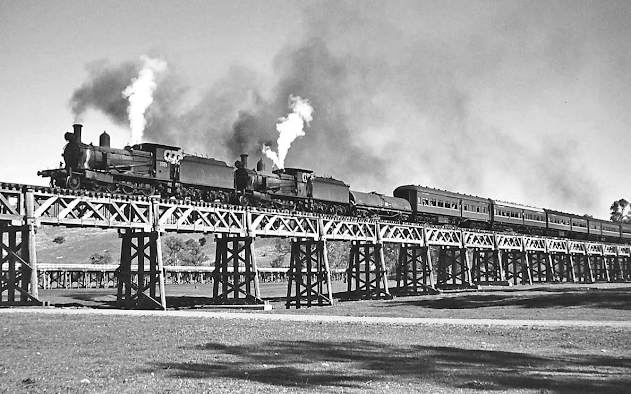20220627 Qld Tambo
20220627 Arriving in Tambo for about the third time we decided to stayed in the caravan park to wait out the rain that's heading our way. What can I say about Tambo, it's a lovely town in central West Queensland with a small population, is home to the Tambo Teddy and chicken races at the North Gregory Hotel and there's a new coffee shop on the street, so it does have a bit to offer that weary traveller passing through.
The first Post Offices in Tambo was built in 1876 and is now used as a the Museum with some interesting items to view.
The wall telephone, powered by dry cells, was an invention of the late 1870s.
The first telephones used in Brisbane were imports from the USA and were adjusted to local needs and demands. The first telephones were housed in wood, especially susceptible to cracking in hot and dry regions.
Non of these phones would work witout the Switchboard
The owner of a telephone would call the exchange and a switchboard operator would answer, the caller would give the operator the name of the person they wanted to speak with and the operator would plug a patch cord into that person's socket on the switchboard, connecting the two.
Developed in the 1830s and 1840s by Samuel Morse (1791-1872) and other inventors, the telegraph revolutionized long-distance communication that worked by transmitting electrical signals over a wire laid between stations.
It's hard to imagin how far communication has come since the 1900s.
In the 1920s, Western Union and its army of uniformed messengers were sending more than 200 million telegrams every year but due to the fax machine, then emails and finally SMS messaging saw the numbers dwindle, bringing to an end the golden age of the telegram.
Beginning in the 1870s, kerosene stoves became fixtures in many farm kitchens, as households shifted from wood or coal to oil fuel. Surveys during the 1930s reveal that, outside of cities, oil was afar more common cooking fuel than gas.
Just imagin washing cloths for a large family in this and they say it was to reduce manual labour, stuff that.
This is what they called an open basin or sealed container with paddles or fingers to automatically agitate the clothing. Machines made of metal permitted a fire to burn below the washtub, keeping the water warm throughout the day's washing.
This dunny has seen better days but this is what everone had in their back yard when we were kids, all I can say is, thank god for flush toilets.
In cities and towns the pan-type dunny was emptied by the dunny man, who came round regularly with his dunny cart.
20220703 Well I've walked the town over and over, explored what I missed in the past and dined at the pub, but with the rains cleared it's time to move on.















Comments
Post a Comment